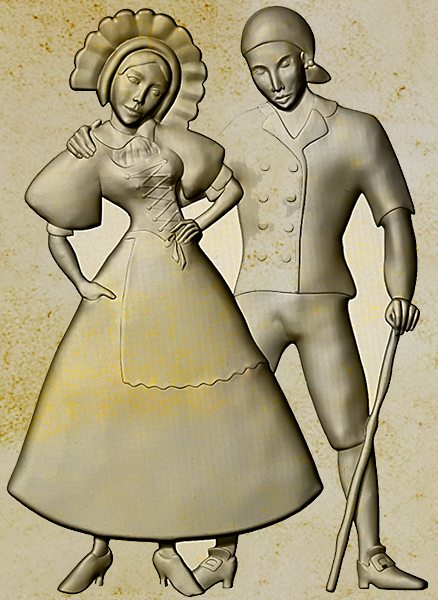FAQs
Frequent asked quesTIONS

Common Questions
Frequently Asked Questions
Why is the artwork on wood carving so costly to create?
Unlike stamping metal or plastic injection molding, where a part is created in seconds and mass-produced like in the automotive industry, hard work millwork for sculpturing can only be milled so fast before running into problems like tearing out the wood grain. The Illumination Collection involves around 8 hours of milling, 4 hours or more in sanding, detailing, and assembly.
What’s the difference between Hard MAPLE And white Oak and other hardwoods?
Hard Maple hardwood has a Janka hardness score of 1450, while Soft Maple has a hardness score of 950. Red Oak scores 1290 and White Oak scores 1360 on the Janka hardness scale. You must know which species you are comparing to determine the specific difference between Oak and Maple wood. Since a lot hardwoods have a loose grain like red oak; white oak and hickory. Hard maple is the second hardest wood an is the hardest wood with a very tight grain that’s is the best hardwood for sculpting. Hard maple is only used for highly detailed sculpturing where other species of hardwood is not capable. Yes, Hickory is the most hardest of hardwood but has a loose grain not suitable for highly detailed wood sculpturing. It has an exceptional hardness, strength, and shock resistance. Hickory has a hardness rating of 1,820 Ibf (8,096 N) which is higher than most woods. Hickory is the hardest wood of all domestic woods. Walnut is also a loose grain hardwood that is not as susceptible for highly detailed wood sculpturing and is softer than most hardwoods. Walnut wood has a Janka Hardness Scale score of 1010, which is harder than both teak and mahogany wood. For comparison, cherry is 995 Janka, hardness scale.
Why white oak?
White oak quarter sawn has a marble looking effect which stands out in color. White is also very hard but not as hard as hickory but it is next thing to hickory. White oak has a course wood grain. Why is white oak expensive? It’s because it’s not porous like red oak and it’s used for wine 🍷 barrels which has a high demand.
Why Red Oak?
Red oak, quarter sawn, has a marble-look effect that stands out in color. It’s not as hard as white oak, and the red oak grain is a little porous. Red oak has a coarse wood grain, but it’s the cheapest type of oak.
Why ash?
Ash is very reliable on impact because it doesn’t break easily, but it is not as hard as oaks or hickory, which is the hardest of hardwoods. As a result, ash dents more easily. The millwork on ash cleans up well and has a vibrant image. Ash has a coarse wood grain, like oak. It’s a cheaper hardwood, similar to red oak.
Why walnut?
Walnut is the most expensive hardwood, just a little above white oak. Walnut has a very dark color, which makes it stand out from all hardwoods because of its identity. However, it’s not as hard as hickory, oaks, or ash, so it dents more easily. The millwork cleans up well and has a clean look.
Why Mahogany?
Mahogany is very reddish and has a warm color, but it’s a tropical forest hardwood. It’s as hard as walnut and can dent more easily. Mahogany has a tight grain, like walnut. Mahogany millwork cleans up well and has a clean look.
Why not hand carve the blanket chest models?
Because it would take about 3 weeks to do one in a timely fashion, or even longer, hickory, oaks, and ash are too hard to carve and would be very rare to find in carvings.
